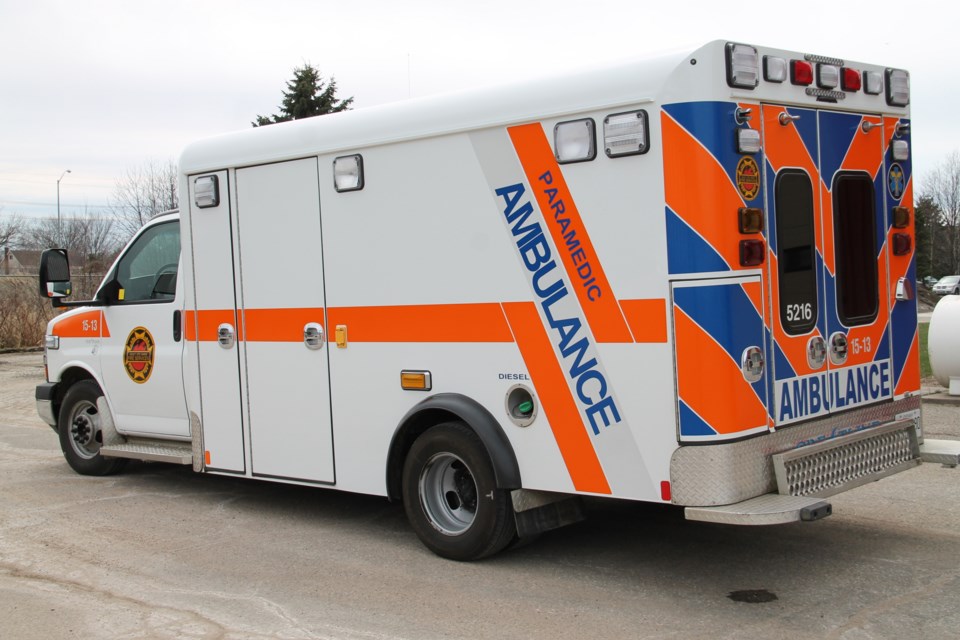It appears a portion of the funding Sault Area Hospital (SAH) and other Ontario hospitals receive may be tied more closely to ambulance patient offload times in future.
"The Emergency Department Pay for Results program has been amended by the Ministry of Health and Long Term Care," wrote Ron Gagnon, SAH president and CEO, in his April 2016 report to the SAH board of directors.
"Changes include the addition of ambulance offload times to performance measures and the requirement to participate in a Health Quality Ontario administered program for the review of repeat visits to the emergency room. Both are felt to be indicators of quality," Gagnon wrote.
Full details of how ambulance patient offload times and repeat visits will be addressed under Heatlh Quality Ontario are not yet known.
SAH officials are hoping to know more this week.
Hospitals that take too long to offload ambulance patients and provide the care they need in the emergency department have indeed had their funding cut before.
The County of Simcoe, for example, recently cut Barrie's Royal Victoria Regional Health Centre (RVH) funding by $90,000 because paramedics are delayed there, on average, by almost an hour.
"Our situation locally is not similar, nor have we incurred any penalties," wrote Rose Calibani, SAH public affairs officer, in an email to SooToday.
"There is a possibility of reduced funding from the Ministry for EMS (ambulance services) only if EMS is consistently unable to meet its response time targets over an extended period of time."
"Off load delays in the emergency department can affect the response time to subsequent emergency calls. This is what creates pressure for EMS across the province to find ways to reduce off load times and creates financial pressures for the hospital to reduce the wait time for EMS in the ED," Calibani wrote.
Numbers provided to SooToday by Calibani show SAH is doing well in relation to standards put on emergency departments to get ambulance patients offloaded and into appropriate care.
The provincial standard for ambulance offload time is 20 minutes to transfer of care.
February 2016 figures show SAH's emergency department has the lowest ambulance patient offload time in the Northeast LHIN area, on average, at 17 minutes.
That compares to 18 minutes, on average, across the Northeast LHIN, and 46 minutes across the province.
Offload times at Sudbury's Health Sciences North were at 20 minutes, while Timmins and District Hospital were at 28.
In an email sent to SooToday, Mike Figliola, Sault Ste. Marie Fire Services chief, wrote "our wait times are not a problem here in Sault Ste. Marie."
"On those rare occasions when we do have an extended wait time, the Paramedic Supervisor will attend at the hospital to take over patient care and allow the ambulances to be released," Figliola wrote.
In Sault Ste. Marie, ambulance services are funded 50 percent by the Ministry of Health and Long Term Care and 50 percent by the City of Sault Ste. Marie.
SAH operates dispatch services and Sault Fire Services operate EMS locally.
The city of Sault Ste. Marie operates under a contract with the District of Sault Ste. Marie Social Services Administration Board (DSSAB).
The DSSAB receives the Ministry funding (this is typical in Northern Ontario communities, while "the County" receives the funding in southern Ontario) and then pays the City to operate the EMS Service as a part of Sault Fire Services.
